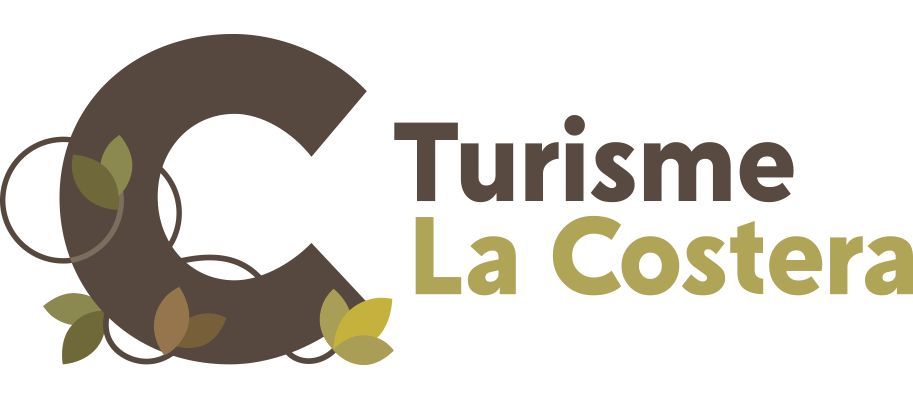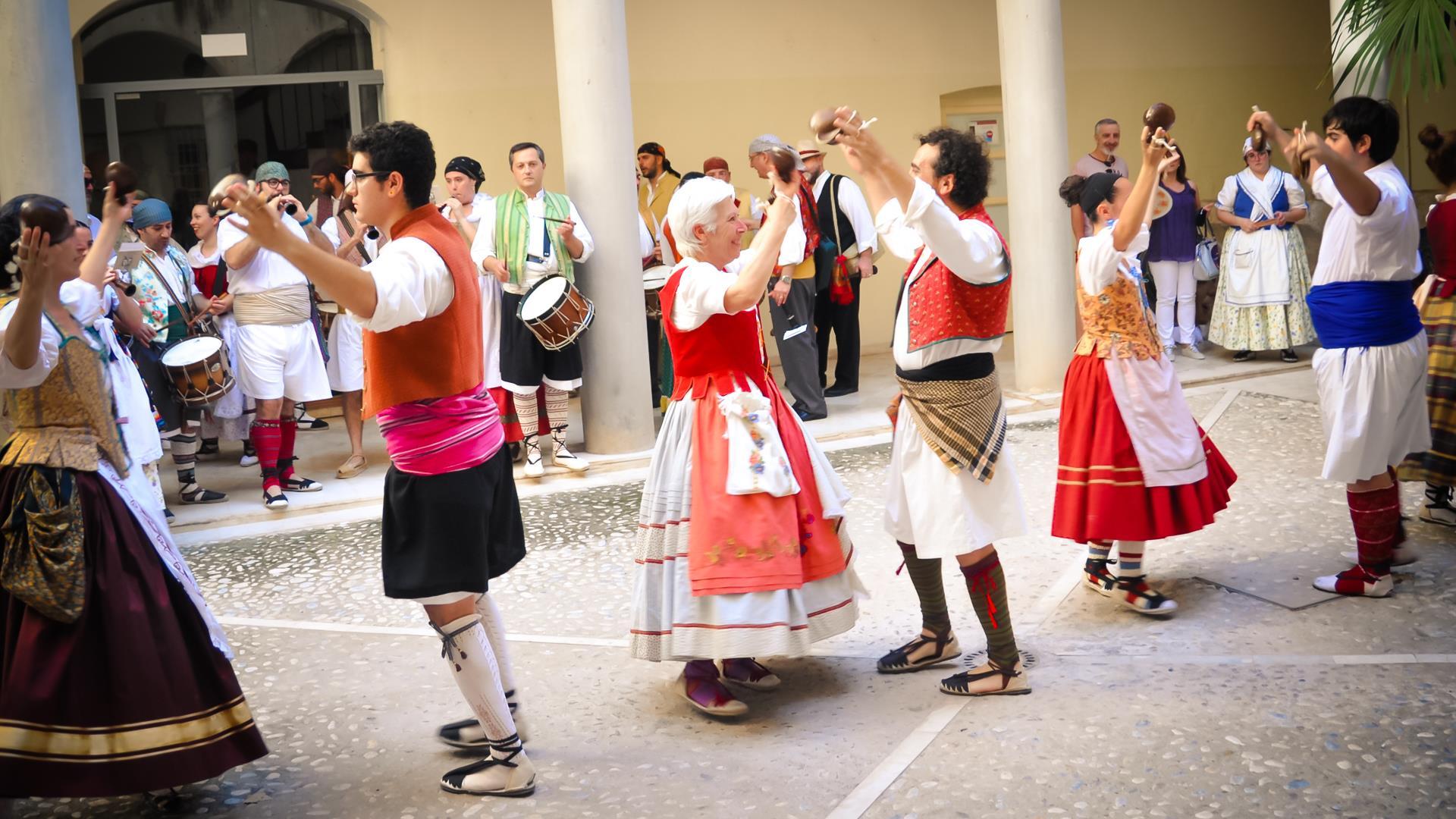We use our own and third-party cookies for strictly functional purposes, allowing navigation on the web, as well as for analytical purposes and to optimize the web. To manage or disable these cookies, click Preferences. Press the Accept All Cookies button to confirm that you have read and accepted the information presented.
After accepting, we will not show you this message again, except in the event that you delete the cookies from your device.
The storage or technical access is strictly necessary for the legitimate purpose of allowing the use of a specific service explicitly requested by the subscriber or user, or for the sole purpose of carrying out the transmission of a communication through an electronic communications network.
El almacenamiento o acceso técnico es necesario para la finalidad legítima de almacenar preferencias no solicitadas por el abonado o usuario.
Storage or technical access that is used exclusively for statistical purposes.
El almacenamiento o acceso técnico que se utiliza exclusivamente con fines estadísticos anónimos. Sin un requerimiento, el cumplimiento voluntario por parte de tu Proveedor de servicios de Internet, o los registros adicionales de un tercero, la información almacenada o recuperada sólo para este propósito no se puede utilizar para identificarte.
Storage or technical access is necessary to create user profiles to deliver advertising, or to track the user across one website or multiple websites for similar marketing purposes.

